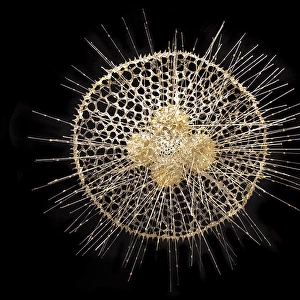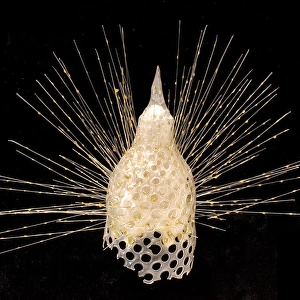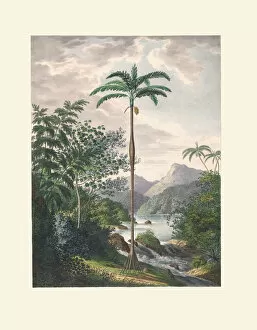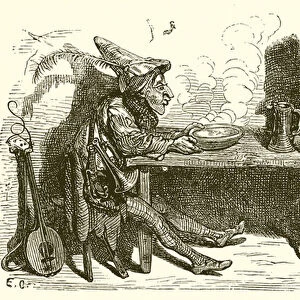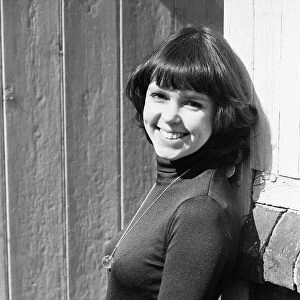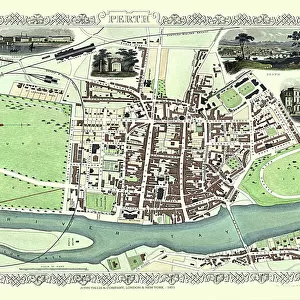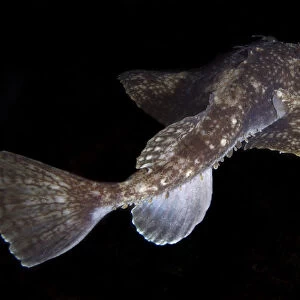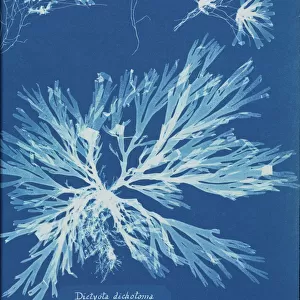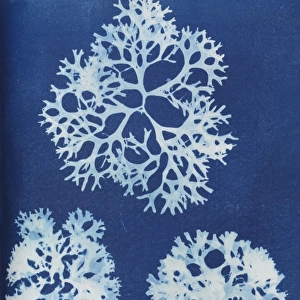Home > Europe > United Kingdom > England > London > Museums > Natural History Museum
Actinomma asteracanthion, radiolarian
![]()

Wall Art and Photo Gifts from Mary Evans Picture Library
Actinomma asteracanthion, radiolarian
A glass model of a radiolarian, created by Leopold and Rudolf Blaschka in the late nineteenth century and held at the Natural History Museum, London
Mary Evans Picture Library makes available wonderful images created for people to enjoy over the centuries
Media ID 14238192
© Mary Evans / Natural History Museum
1822 1895 1857 1939 Blaschka Eukaryote Eukaryotic Fragile Leopold Leopold Blaschka Protist Protista Radiolaria Radiolarian Radiozoa Retaria Rhizaria Rudolf Rudolf Blaschka Polycystinea
EDITORS COMMENTS
This exquisite glass model showcases the intricate beauty of Actinomma asteracanthion, a radiolarian species belonging to the Actinommidae family. Radiolarians are a group of eukaryotic organisms, classified under the kingdom Protista, and are characterized by their radial symmetry and the presence of silica spicules. This particular model was meticulously crafted by Leopold Blaschka (1857-1939) and his father Rudolf Blaschka (1822-1895) in the late nineteenth century. The Blaschka father-son duo were renowned for their glass models of various marine organisms, including radiolarians, which they created for natural history museums around the world. Actinomma asteracanthion, with its delicate and intricate design, is a member of the order Retaria, and is also known as a nassellarian or polycystine radiolarian. The model accurately represents the organism's complex structure, featuring a central body surrounded by a series of radial arms, each adorned with fine, silica spicules. The Blaschka's attention to detail is evident in the minute replication of these spicules, which are essential to the organism's survival and structure. The Blaschka models were created using a technique called "pate de verre," where glass rods were melted and shaped by hand to create intricate molds. The resulting models were then painstakingly hand-painted to add color and detail. This Actinomma asteracanthion model, held at the Natural History Museum in London, is a testament to the Blaschka's artistic and scientific prowess, and offers a glimpse into the Victorian era's fascination with the natural world. The fragile beauty of this glass model serves as a reminder of the intricacy and diversity of life, even in the smallest of organisms.
MADE IN THE UK
Safe Shipping with 30 Day Money Back Guarantee
FREE PERSONALISATION*
We are proud to offer a range of customisation features including Personalised Captions, Color Filters and Picture Zoom Tools
SECURE PAYMENTS
We happily accept a wide range of payment options so you can pay for the things you need in the way that is most convenient for you
* Options may vary by product and licensing agreement. Zoomed Pictures can be adjusted in the Basket.


